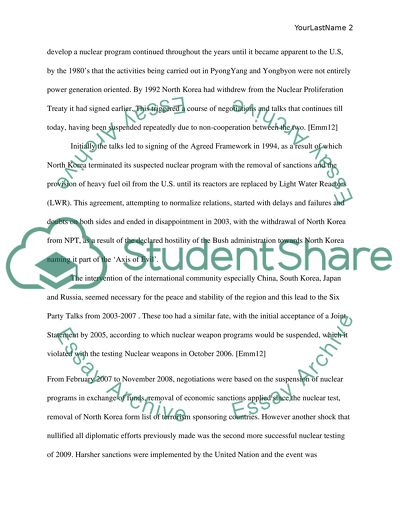Cite this document
(“Nuclear tension between the US and North korea ( past, and present) Essay”, n.d.)
Retrieved from https://studentshare.org/politics/1592702-nuclear-tension-between-the-us-and-north-korea-past-and-present
Retrieved from https://studentshare.org/politics/1592702-nuclear-tension-between-the-us-and-north-korea-past-and-present
(Nuclear Tension Between the US and North Korea ( Past, and Present) Essay)
https://studentshare.org/politics/1592702-nuclear-tension-between-the-us-and-north-korea-past-and-present.
https://studentshare.org/politics/1592702-nuclear-tension-between-the-us-and-north-korea-past-and-present.
“Nuclear Tension Between the US and North Korea ( Past, and Present) Essay”, n.d. https://studentshare.org/politics/1592702-nuclear-tension-between-the-us-and-north-korea-past-and-present.


